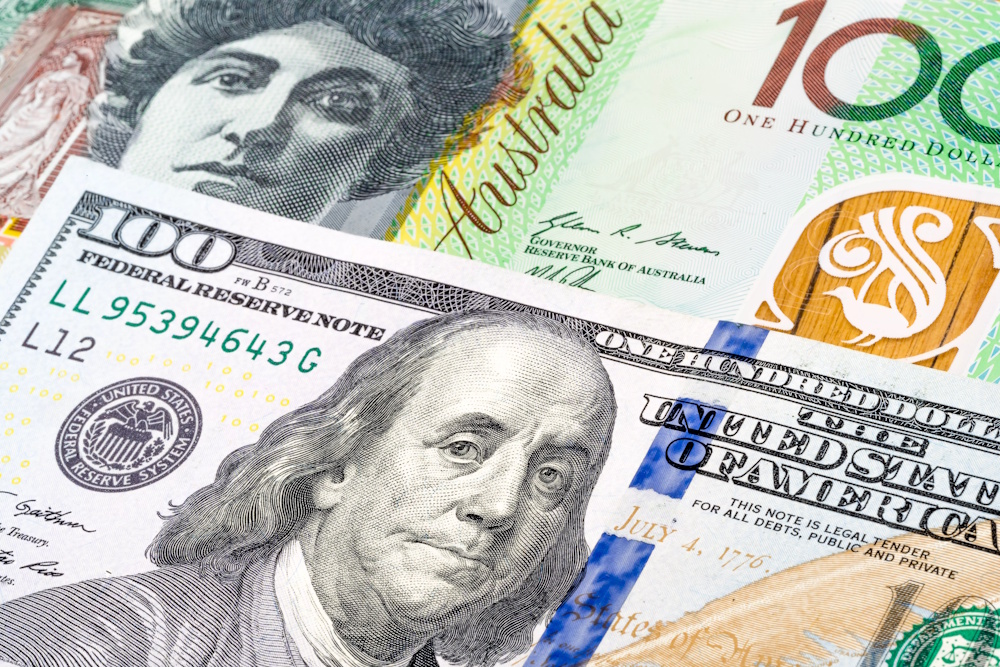The US dollar has sustained its support following the FOMC rate decision; however, with the government shutdown extending into November, the greenback may struggle to uphold those gains in the absence of forthcoming economic data. One of the pairs to monitor for a possible reversal is the AUD/USD, which may be on the verge of moving higher again shortly. The Australian dollar declined overnight in response to the disappointing manufacturing PMI data from China, which is Australia’s largest trading partner. Meanwhile, the US dollar maintained a strong position following Powell’s somewhat hawkish remarks earlier in the week. Nonetheless, the potential downside risks appear to be constrained for the Aussie. We are optimistic about the AUD/USD outlook as we approach the RBA rate decision next week and move into the closing months of the year.
The Reserve Bank of Australia is poised to announce a significant interest rate decision on Tuesday, November 4. The central bank is anticipated to maintain interest rates at 3.60%, following recent inflation data from Australia that has dispelled any remaining expectations for a reduction. The CPI registered at 1.3% quarter-over-quarter and 3.5% year-over-year, significantly exceeding expectations. As US-China trade relations show signs of improvement, the Australian dollar may strengthen in the coming weeks, likely in tandem with a broader recovery in risk assets. China stands as Australia’s foremost export destination – thus, developments in that region hold significant importance. The slight negative reaction to the PMI data, indicating a decline in China’s manufacturing activity from 49.8 to 49.0, is understandable.
The upcoming week typically presents a wealth of US data releases, notably the official jobs report. Due to the current government shutdown, official jobs data will not be available. This will bring private sector reports into clear view. One notable event will be the release of Wednesday’s ADP private sector payrolls report. These data releases serve as critical indicators for the Fed and traders assessing the overall health of the US economy. The Fed has redirected its attention to the employment aspect of its dual mandate, and the recent downturn in this area has enabled it to lower rates, most recently earlier this week. A rate cut in December may be forthcoming unless there is a significant improvement in employment and a rise in inflation. Chair Powell of the Federal Reserve did emphasize to investors that a rate cut at that time is not yet a certainty. His warning prompted a significant increase in the dollar’s value across the board, as the markets had mistakenly assumed it was a foregone conclusion. Regardless, numerous factors can and will evolve. The prolonged duration of the government shutdown increases the probability of the Fed implementing rate cuts. Additionally, the extension of the US-China tariff truce is expected to decrease input costs, which may alleviate inflationary pressures to some extent.
Even with the AUD/USD experiencing a pullback, the fundamental trend continues to exhibit a bullish inclination from a technical perspective. The exchange rate remains above the 200-day moving average, which is currently trending upwards, offering a clear and objective signal regarding the long-term trend. However, what is the outlook for the short-term trend? Currently, the situation lacks clarity as rates remain confined within a sideways range. The recent break above a short-term trend line and prior resistance in the 0.6500-0.6535 area indicates a bullish signal. Should the AUD/USD maintain its position above this level, we may anticipate potential gains in the upcoming week, particularly if the RBA adopts a more hawkish stance than previously anticipated. For confirmation, it is essential to break through the resistance level of 0.6600-0.6625.

